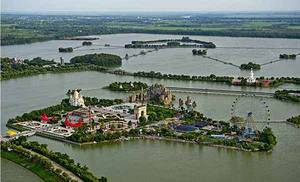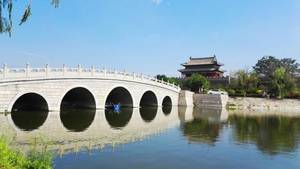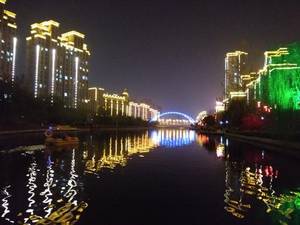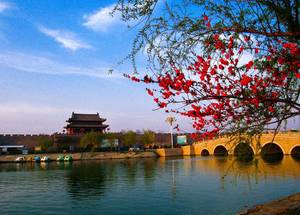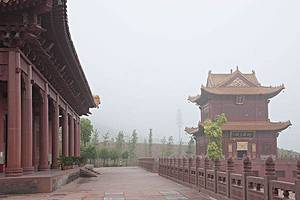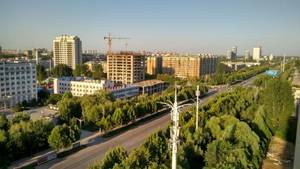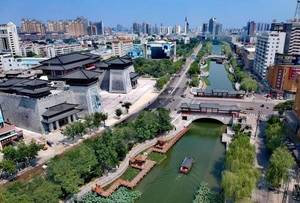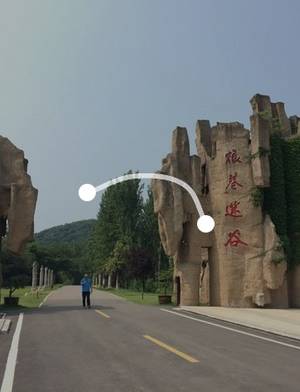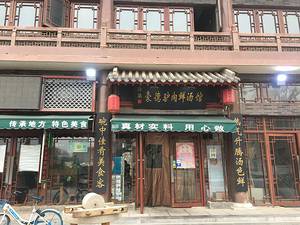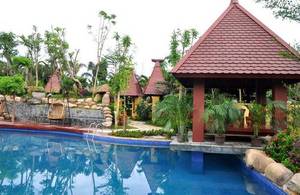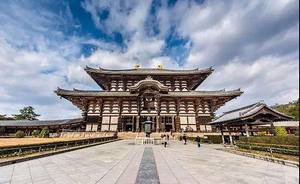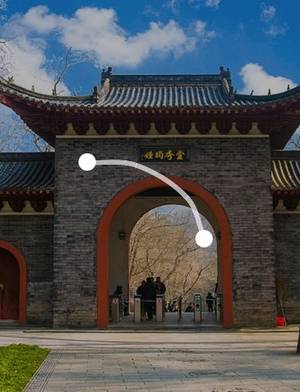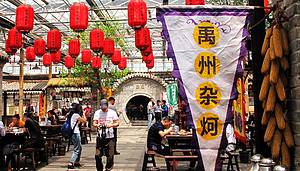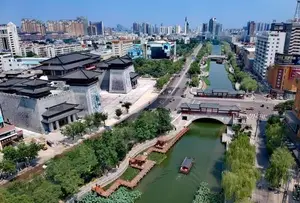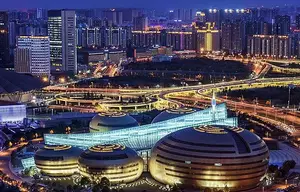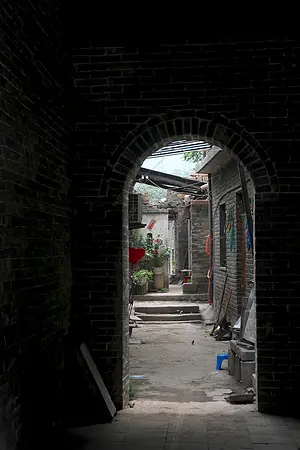Bozhou Huaxi Building, A Tapestry of Ancient Craftsmanship
2 Xinning Street, Qiaocheng District, Bozhou City, Anhui Province, China
4.9
Introduction
The Huaxilou, also known as Grand Guandi Temple or Shanshan Assembly Hall, is most famous for its rich murals and plays. In 1656, during the 13th year of the Shunzhi Emperor's reign, the Huaxilou underwent a major renovation funded by donations. Later, in the 15th year of the Kangxi Emperor's reign in 1676, the Honglou (Red Building) was completed as a stage.
The main building of the Huaxilou is the grand hall, and beside it is the theater. The grand hall is about 10 meters tall and has a wooden statue of Guan Yu in the main hall, with the statues of Guan Ping and Zhou Cang on either side (though all of these were destroyed during the invasion of the Japanese army in China).
The theater stage is in a convex shape, with the golden words "Performing Ancient Tales in Modern Times" in the center. A pair of wooden couplets hang in front of the stage, with the right one reading "A Song of Youth Awakens the Dreams of Both the Past and Present," and the left one reading "Playing Both Sides of Loyalty and Deceit." The clock tower is on the east side of the theater and the drum tower on the west side, while the gate between them is a three-story brick and timber archway style building with brick carvings.
In front of the grand hall, there are a pair of iron cranes and iron cauldrons that are about 3 meters high and weigh about 500 kilograms each, standing on turtle figurines. These were cast in the 32nd year of Kangxi's reign in 1694.
The Huaxilou is famous worldwide, with dozens of plays, brick carvings, wooden carvings and murals listed as national key cultural relics and protected sites. Address 2 Xinning Street, Qiaocheng District, Bozhou City, Anhui Province, China
Opening hours 09:00-17:30 (All day)
Last admission time: 17:00 (Monday-Sunday from January 1st to December 31st)
 The entire building features exquisite wood carvings
The entire building features exquisite wood carvings